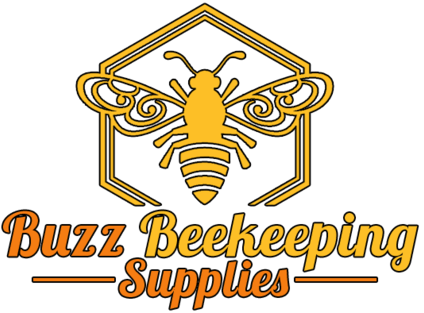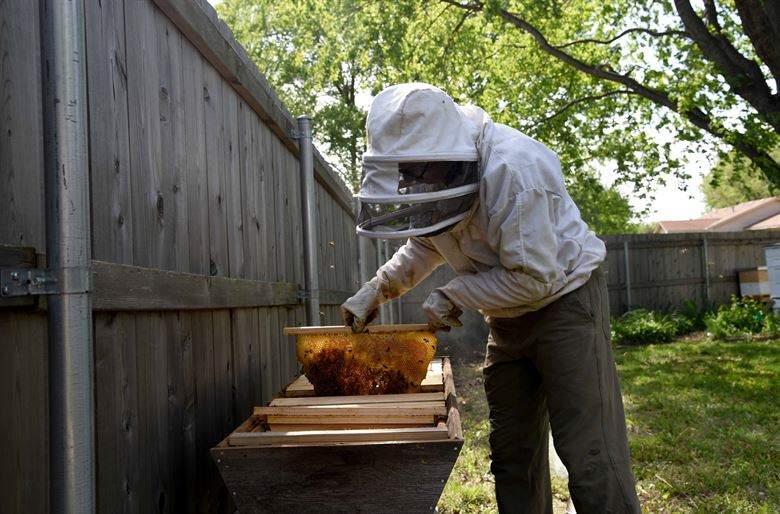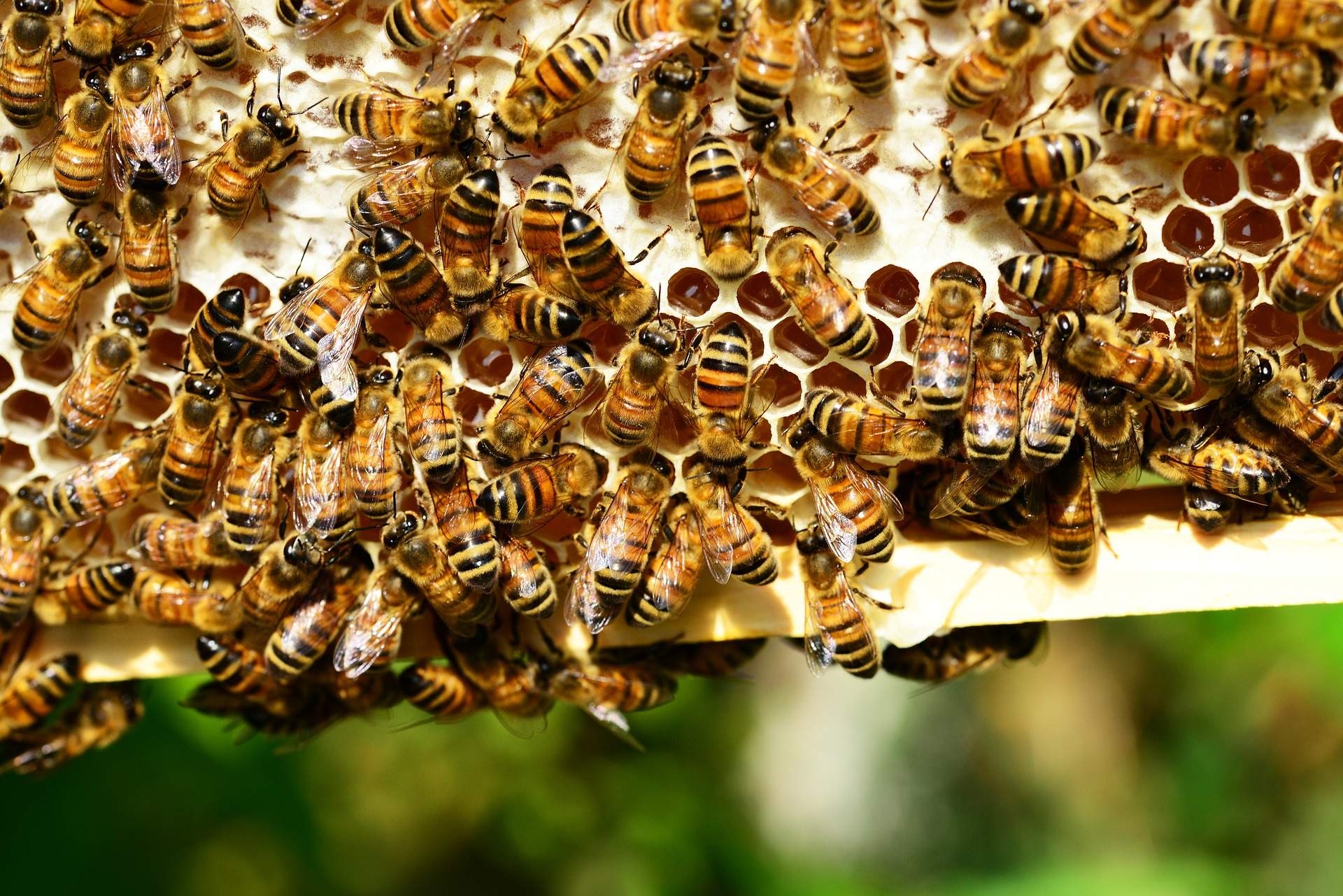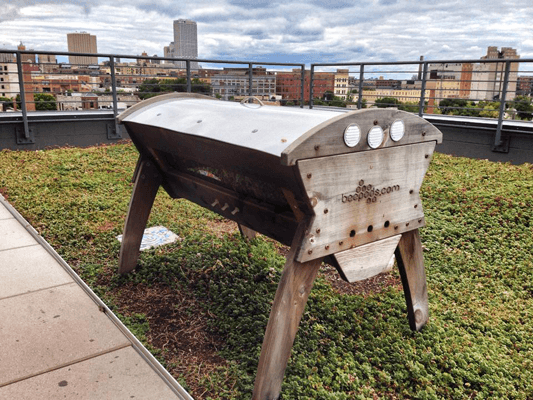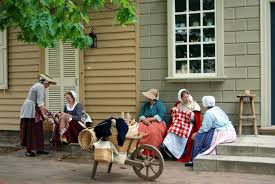What is the Best time to Start Beekeeping?
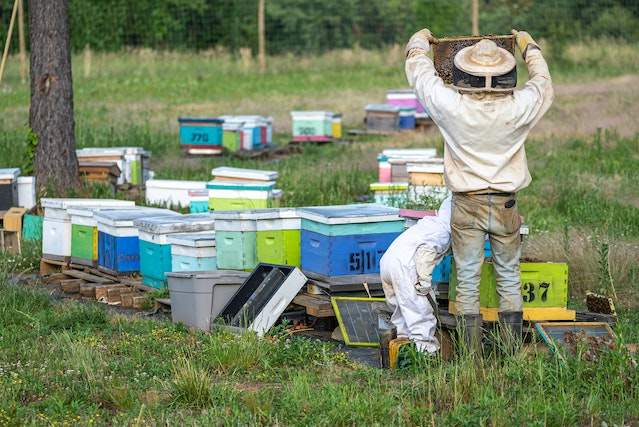
What is the best time to Start Beekeeping?
Apiculture professionals agree that the beginning of spring is the best time to install a new beehive. However, the same calendar month could look different depending on where you reside. Some beekeepers could start tending to their hives as early as April, while others might have to wait until May if the weather is very unfavorable.
Take the time to educate yourself about Beekeeping and get the necessary supplies before investing in a colony of bees and moving them to a new hive. This will ensure you are ready to begin your beekeeping endeavor when favorable conditions are favorable. It is in everyone’s best interest if you inform your neighbors that there may be more bees in their yards than normal.
In any activity, it is essential to take the necessary precautions to ensure that you are using the best possible approaches. If this is not the case, then attempting will only accomplish something. When caring for bees, it is essential to follow established protocols.
The majority of people have just a cursory familiarity with Beekeeping at best. You need to put yourself in the bee’s shoes and do all in your power to improve the living circumstances of the bees so that they produce more honey. If you’re interested in keeping worker bees, keep reading because I’m going to discuss the best time of year to set up a hive and several other factors.
Several factors contribute to this:
Bees often recommence full activity in the spring. It’s best to get your bees settled into their new home as soon as the weather warms up, so they have enough time to construct a strong colony.
When the temperature rises and the flowers blossom, bee activity increases naturally. As the days become warmer, the bees can tend to the hive and expand it.
If you want to know the optimal time to start your hive, you could consult with other local beekeepers or the local beekeeping organization. Since the arrival of spring varies from region to region, no one day can be relied upon by all beekeepers at all times, even though April and May are the most common months for beginning a beekeeping operation.
The same can’t be said for getting a hive going too soon. Since bees spend the winter months huddled together within the hive, it’s not worth establishing a hive in the dead of winter.
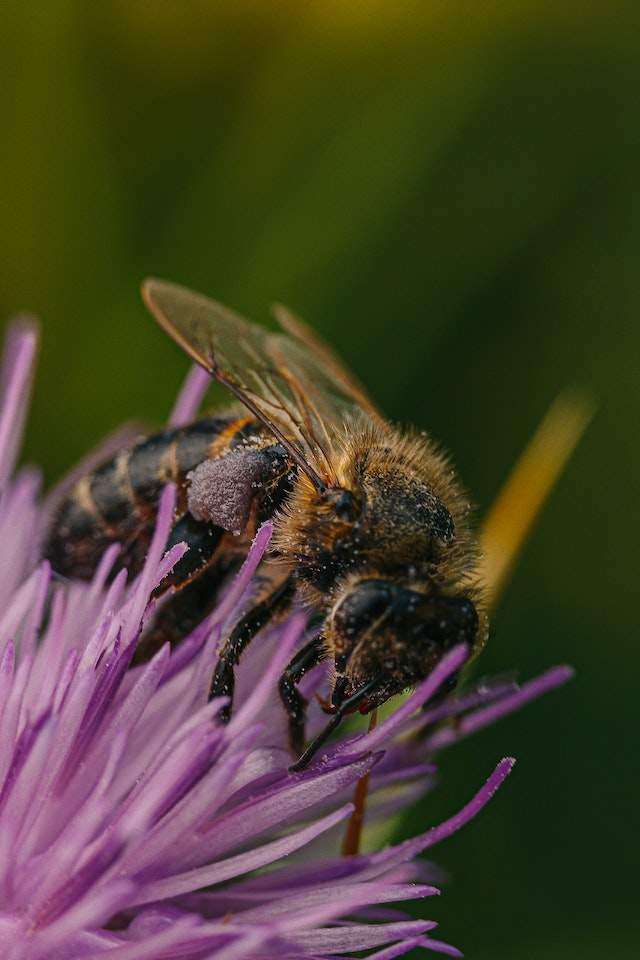
Bees will gather around the queen throughout winter in a well-established hive. When temperatures drop, they’ll be able to snuggle up against one other for warmth and shelter the monarch.
From the perspective of maximum production with few resources, the optimal time to establish a beehive is in spring’s beginning.
Although spring may be the ideal time to implement the plan, you need more time to get the license. You should have your ducks in a row and be fully prepared for the procedure in the autumn.
Here are a few good reasons to have your beehive set up in the fall:
The greatest time to prepare the hive for the arrival of the bees is in the fall when temperatures are cooler.
Locating and preparing the perfect spot and ensuring you have everything is essential.
The best time to buy bees is in the autumn. Since the populations are declining and supplies are usually low, you must place your order as soon as possible. However, you will get them in the spring.
It’s a common fallacy that you must start a beehive, and the bees will take care of everything after that. The natural world certainly works that way, after all.
The bees will need a kickstart to get going now that the season has begun. Standardly speaking. The honeybee population will be dangerously low at the start of the spring. Because the blooms haven’t opened yet, no pollen has been collected.
They will need extra food due to this, often a protein or pollen patty and syrup. Your bees will be able to make it through until natural supplies of pollen and nectar become available.
After installing your beehive, the first order of business is to provide the bees with a sugar syrup diet. They’ll be able to labor and construct their hive’s resources until the flowers bloom, at which point they’ll be able to gather and store their food.
The queen will lay more eggs as the temperature rises. The bees will grow more self-sufficient during this period but still need to be closely monitored. Every week, you must check on the beehives.
A healthy colony needs a steady supply of food, so check that they’re producing enough of it. You’ll have to keep feeding them sugar syrup until they reach a point of independence.
Start-Up Beekeeping Expenses
Despite the financial commitment, most beekeepers say that keeping bees is a rewarding pastime. But many note the price is more than they had hoped. It’s not only the money you’ll need to invest; you’ll also need to commit a lot of time and effort.
Here are some of the first things you’ll want to buy if you’re just getting started in Beekeeping:
- The Langstroth Beehive
- Protective Equipment
- Honeybees
- Beehive Equipment
- Add-ons to your existing collection of tools that will make your interactions with the bees easier and boost the amount of work you get done.
It is reasonable to anticipate spending around $200 for protective clothing and about the same for each beehive. Hive tools, such as a Hive Smoker, will usually run under $100.
This is a decent estimate. However, the final cost could be more or lower than this. In almost all cases, this will include everything else necessary to assemble a Langstroth hive.
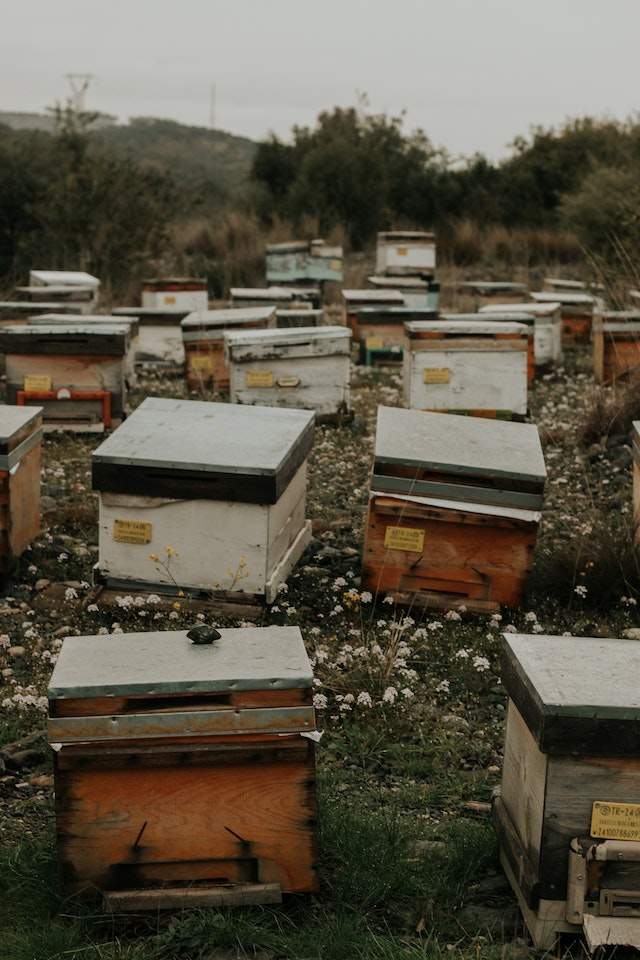
The purchase of used beehives is not recommended, although it is something that some beekeepers could think about doing nevertheless. The use of hives might put future honeybee colonies in danger owing to the presence of leftover infections or pesticides.
The beehive, on its own, takes some preparation. This will need protective steps to be taken, such as coating it with paint, to protect it from the effects of the weather. In many situations, in addition to a bottom board and a hive stand, you will need to have ventilation holes drilled into the beehive so that the bees may breathe.
Honeybees may be bought in packages depending on the size of your hive. Packages will include three pounds of bees and a queen bee in her enclosure. The beekeeping world (a nucleus colony) is a preexisting colony packaged in a tiny box (often five frames) designed to seem like a hive.
Even a beginner beekeeper can start with an established colony or a swarm.
To succeed in any endeavor, hobby, or pastime, you must adhere to the highest standards. Unless it happens, there’s not much sense in it. This is why it’s important to adhere to standard beekeeping procedures.
The time to learn all about Beekeeping that you need to know will present itself to you during fall and winter. If you’re interested in learning more about Beekeeping, there are workshops and meetings you may attend.
You should also ensure you abide by all applicable local rules and regulations about Beekeeping. Keeping bees is challenging enough without adding unnecessary stress.
The bees should be able to make it through late April and May by subsisting on the local pollen and nectar. Keep an eye on them and be prepared to provide food assistance in an emergency if they are short on supplies.
In addition, the number of bees in your colony is likely to skyrocket; thus, you should stock up on more hive boxes and frames.
You can get started with Beekeeping for around $1,100–1,200, but I would recommend setting aside the minimum amount of $2,000. When beginning Beekeeping, predicting what tools or materials you’ll need is impossible.
Most long-time beekeepers say they now wish they’d been better prepared financially from the start. Before making any purchases, it is usually a good idea to consult with local beekeepers and beekeeping groups.
Frequently Asked Questions
If you want to start Beekeeping, how many acres do you need?
In most cases, a home beekeeper will have two or three beehives and an acre or two of land. On a one-acre parcel in a neighborhood, I had ten beehives. Let’s start by having a conversation with your neighbors.
Will I receive any honey the first year?
Your bees’ vitality, the design of your hive, the climate and food sources in your area, and so on will all play major roles. It is not recommended to harvest the first year, but in a good year, you may get anything from 25 to 100 pounds of honey from an established colony.
Are you able to maintain only one hive of bees?
It’s OK to begin Beekeeping with a single hive if you need clarification on whether the hobby is right for you. But remember that even if you do everything perfectly, bee colonies might still perish. If you lost your sole hive, you would be completely out of honeybees.
How far away from your home may a beehive safely be located?
However, how near may your hive be to your home? It is recommended to leave at least four feet of space behind, to each side of the hive, and at least twenty-five feet at the entrance, although there is no absolute rule for this.
How much space should there be between a beehive and its nearest neighbor?
Once a bee understands you’re not a flower and aren’t offering any tasty treats, it will leave you alone. Even if your neighbor opens up their beehive to you, it’s best to remain your distance. In most cases, you should stand no closer than 10 feet to the door, and you should certainly never stand in the very center.
Is it possible to install two beehives side by side?
Hives may be placed as close as six inches apart, but workers will require several feet of clearance on at least one side of the apiary for maintenance. It’s important to be aware of your beehives’ natural and anthropogenic threats.
When building a beehive, which way should the entrance face?
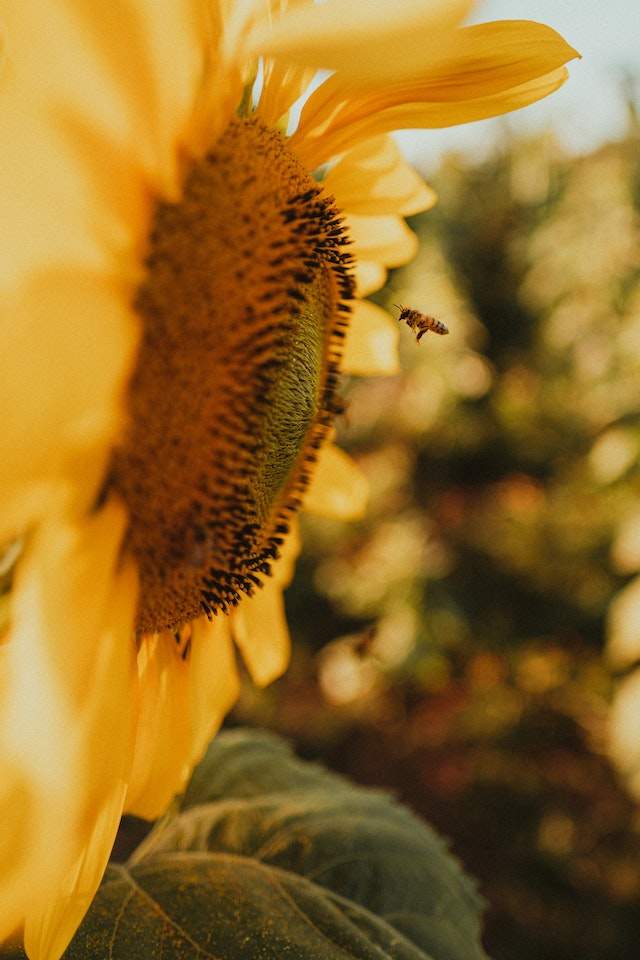
Turn the hive’s entrance so that it faces away from the wind. If you are in the northern hemisphere, the entrance should face south; if you are in the southern hemisphere, it should face north.
I want to know whether I may have several beehives in my yard.
Two or three hives are a good number of colonies for a typical backyard. There is plenty to get honey for yourself and others, and try different management strategies. You should talk to your neighbors about your plans to keep more if you live in a densely populated area.
How often must I inspect my bee colony?
New beekeepers should visit their hives every 7-10 days during the spring and summer months. More frequent inspections than once a week will make the bees angry since it will interrupt their work in the hive and put them behind for a day. The ideal temperature for an inspection is about 65 degrees Fahrenheit, with clear skies.
Is a Beekeeping Permit Necessary?
While a beekeeping license is not required, many people find it helpful to join a local beekeeping club where they may learn about current issues and network with other beekeepers. Training courses, gatherings, and newsletters are common activities for such organizations.
Can you give me an idea of how challenging it is to maintain bees?
Additionally, you may only harvest honey for yourself while learning the ins and outs of Beekeeping. In the first season, your bees will have much work to accomplish. They have to make honey, cultivate bees, and store it for the winter.
